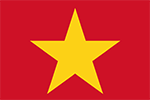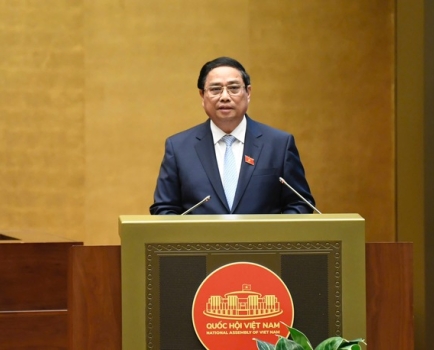Is global inflation structural or cyclical?
Thu, 12 Jan 2023 22:02:00 | Print | Email Share:
Global inflation seems to be coming down, at least in terms of annual rates. Of course, that’s not surprising.

The US inflation is expected to have declined in December, but it may not be enough to stop the Fed
We don’t know of any policymakers or forecasters that expect inflation to keep climbing in the G-10 countries. There are some exceptions. Japan’s inflation rate seems likely to rise further, but even here, the Bank of Japan sees a slide in the coming fiscal year. The question for investors is whether this is merely a cyclical downturn borne of helpful base effects and the temporarily weakened global economy or a more durable structural decline that suggests inflation will not only fall but stay down.
As we see things, there is a danger that the market—and perhaps policymakers—get too carried away by the cyclical weakness of inflation going forward and don’t pay sufficient attention to the more structural stickiness of inflation that could have developed.
This is not to say that policymakers are blind to the differences between cyclical and structural inflationary forces. More central bankers are talking about the distinction. In the US, San Francisco Fed President Daly spelled out in a speech this week her view of what constitutes the more structural component of inflation in the CPI. She claimed it is the core service prices minus rents.On this note, she concluded that the progress she has made so far in getting this measure down is very limit ed.
In the UK, Bank of England Chief Economist Huw Pill spelled out his ideas on measuring more permanent inflation in a speech yesterday. Rather than focus on one particular component of the CPI—which he said is impossible—he spoke more about gaining a sense of the pricing power of firms and workers. For example, on the latter, will tight labor markets give workers strong bargaining power even as the economy enters a slump?
Mr. Huw Pill’s conclusion seemed to be that there is definitely the possibility that inflation will prove more persistent, and he went on to argue that this view will largely inform his policy choices in the coming months. We can take this to mean that Mr. Huw Pill, for one, is likely to remain disposed to hiking base rates further over the coming meetings. He knows, as do others, that the central banks have to act to stem this inflation persistence, and that would seem to suggest that the central banks won’t start to "chase" falling annual inflation with swift rate cuts.
The market, however, is resistant to this idea, particularly in the US, probably because the Fed has a dual mandate of 2% inflation and full employment. The feeling in the market is clearly that as the Fed starts to miss the second of these targets, it will cut rates, as opposed to others such as the ECB or BoE, which only have a single objective—inflation.
Hence, we have a market that is pricing in 50 basis points of rate cuts from the Fed by the end of this year but none from the ECB or BoE. Mr. Steve Barrow, Head of Standard Bank G10 Strategy, fears that inflation persistence will be a problem in the US going forward, but he doesn’t deny that a sharp fall in annual inflation, for more cyclical reasons, could mask this inflation persistence and fool the Fed into easing too early. Other central banks could fall into the same trap as well. But there is another reason why he doubts swift Fed rate cuts, and that has to do with the change in the Fed’s monetary policy strategy that it announced in the summer of 2021. Those changes consisted of a move to target average inflation and a shift in policy based on actual, not forecast, inflation trends. They had been done with an eye to tackling the perennial undershooting of inflation in prior decades.
Mr. Steve Barrow said the same process is used in timing the easing of policy, and that means not cutting rates as soon as inflation is forecast to move below target. Instead, the Fed should wait for actual inflation to undershoot for a time, and we think this puts easing in the frame in 2024, not 2023.
However, by the same token, if the Fed were to follow this path, it would probably involve some very sharp rate cuts in 2024. When looked at in this way, Mr. Steve Barrow disagrees with market pricing in the US in that rates are likely to stay higher for longer but, when they fall (starting in 2024), they are likely to fall by more than the market expects.
By: Business Forum Magazine
Source: https://en.diendandoanhnghiep.vn/is-global-inflation-structural-ornbsp-cyclical-n36231.html
---------------------------------------------
Same category News :













